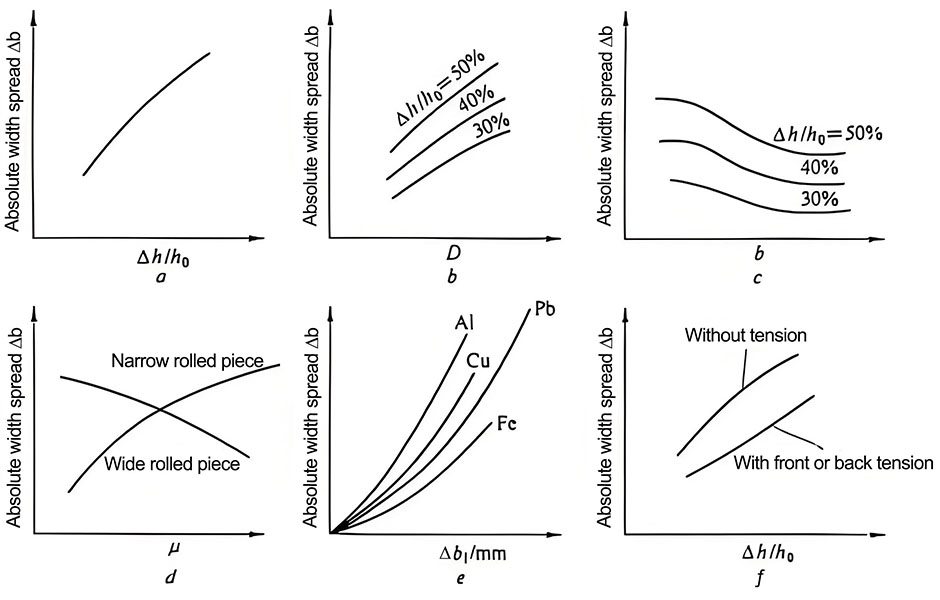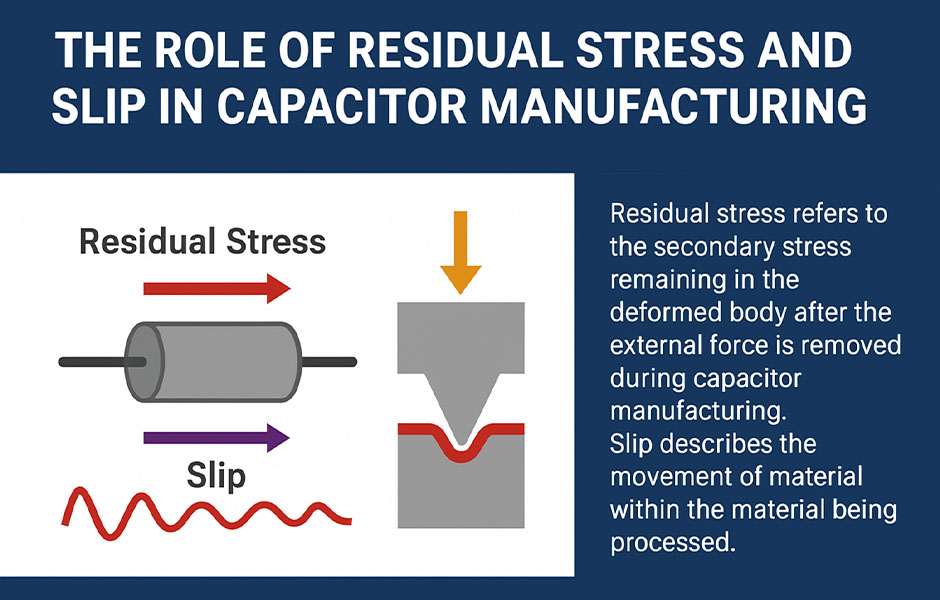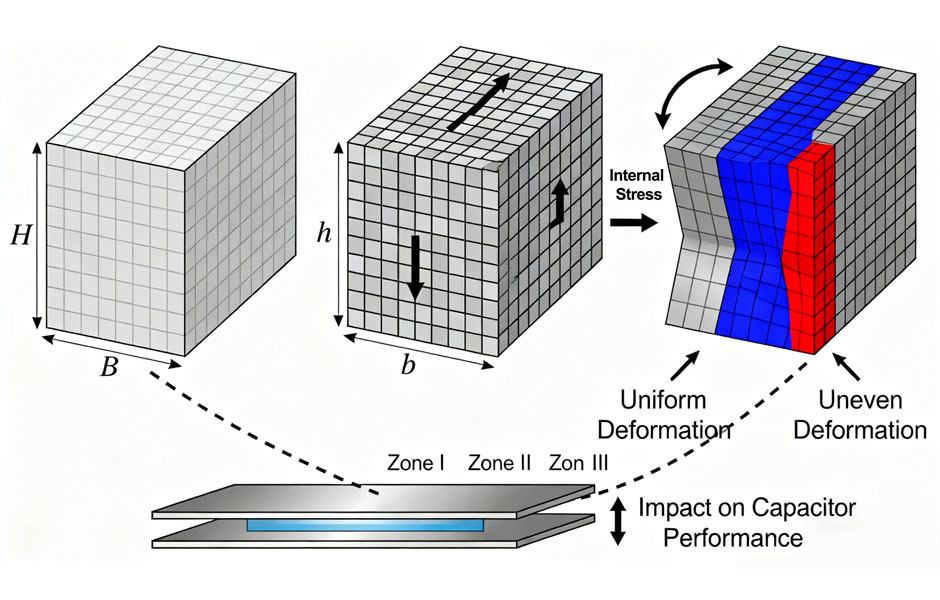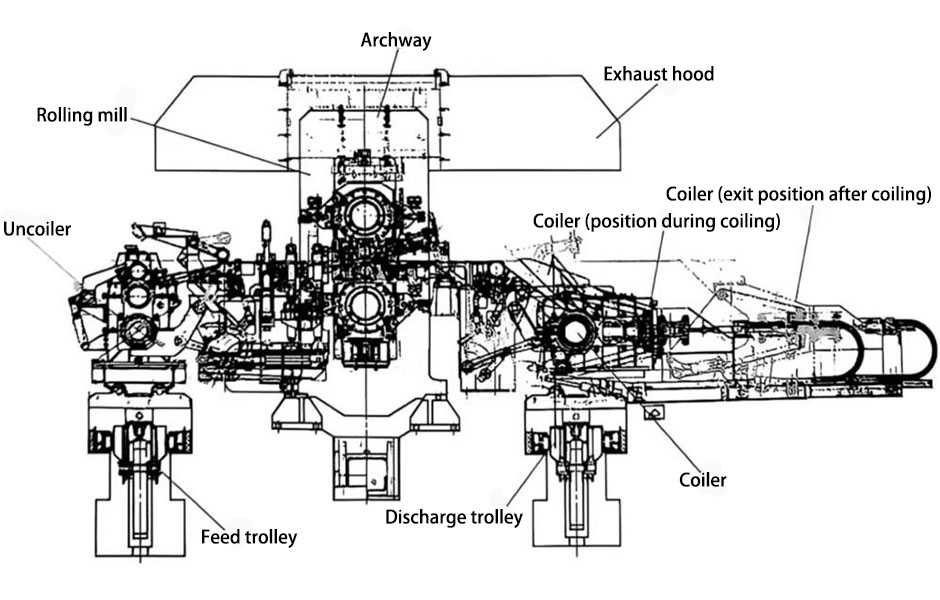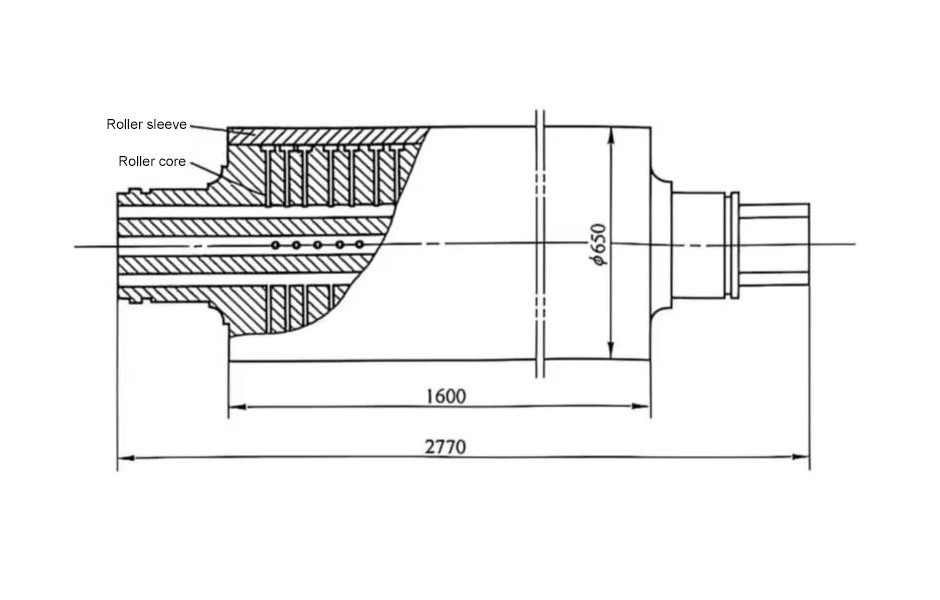1. Capacitance are generally represented by “C” plus a number in the circuit (for example, C13 represents the capacitor numbered 13). A capacitor is a component composed of two metal films close together and separated by an insulating material. The characteristic of the capacitor is mainly to block DC and pass AC. The size of the capacitor capacity is the size that can store electrical energy. The obstructive effect of the capacitor on the AC signal is called capacitive reactance, which is related to the frequency and capacitance of the AC signal. Capacitive reactance XC=1/2πf c (f represents the frequency of the AC signal, C represents the capacitance of the capacitor) The types of capacitors commonly used in telephones include electrolytic capacitors, ceramic capacitors, chip capacitors, monolithic capacitors, tantalum capacitors and polyester capacitors, etc. .
2. Identification method: The identification method of capacitance is basically the same as that of resistance, which can be divided into three types: direct labeling method, color labeling method and numerical labeling method. The basic unit of capacitor is expressed in Faraday (F), and other units are: millifarad (mF), microfarad (uF), nanofarad (nF), picofarad (pF). Among them: 1 farad=103 millifarad=106 microfarad=109 nanofarad=1012 picofarad, the capacitance value of the capacitor with large capacity is directly marked on the capacitor, such as 10 uF/16V, the capacitor value of the capacitor with small capacity is written on the capacitor. Representation or number representation Letter representation: 1m=1000 uF 1P2=1.2PF 1n=1000PF Number representation: generally three digits are used to indicate the capacity, the first two digits are effective digits, and the third digit is the magnification. For example: 102 means 10×102PF=1000PF 224 means 22×104PF=0.22
3. Symbol of capacitance error meter F G J K L M Allowable error ±1% ±2% ±5% ±10% ±15% ±20% For example: a ceramic capacitor of 104J means that the capacity is 0.1 uF and the error is ±5%.
